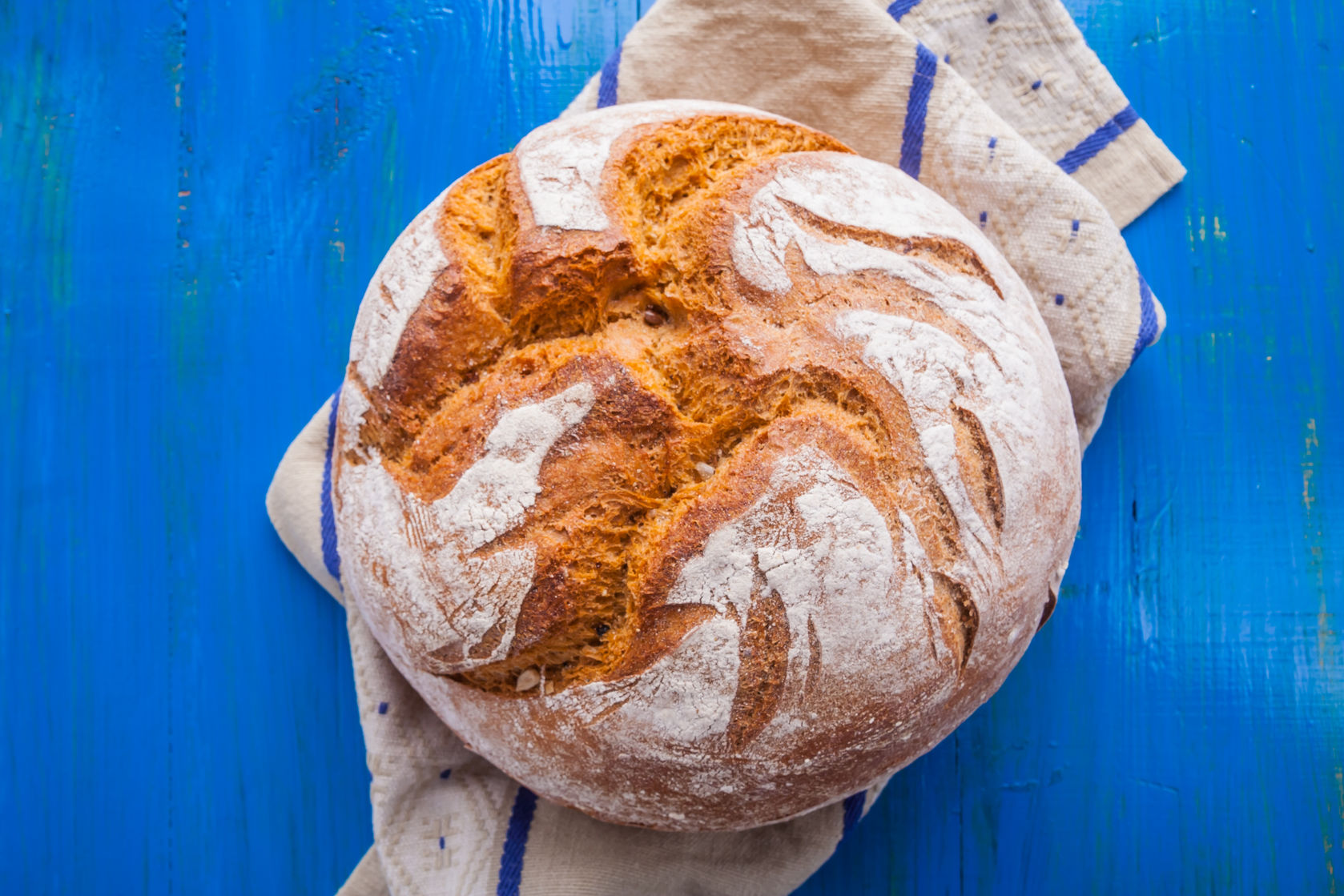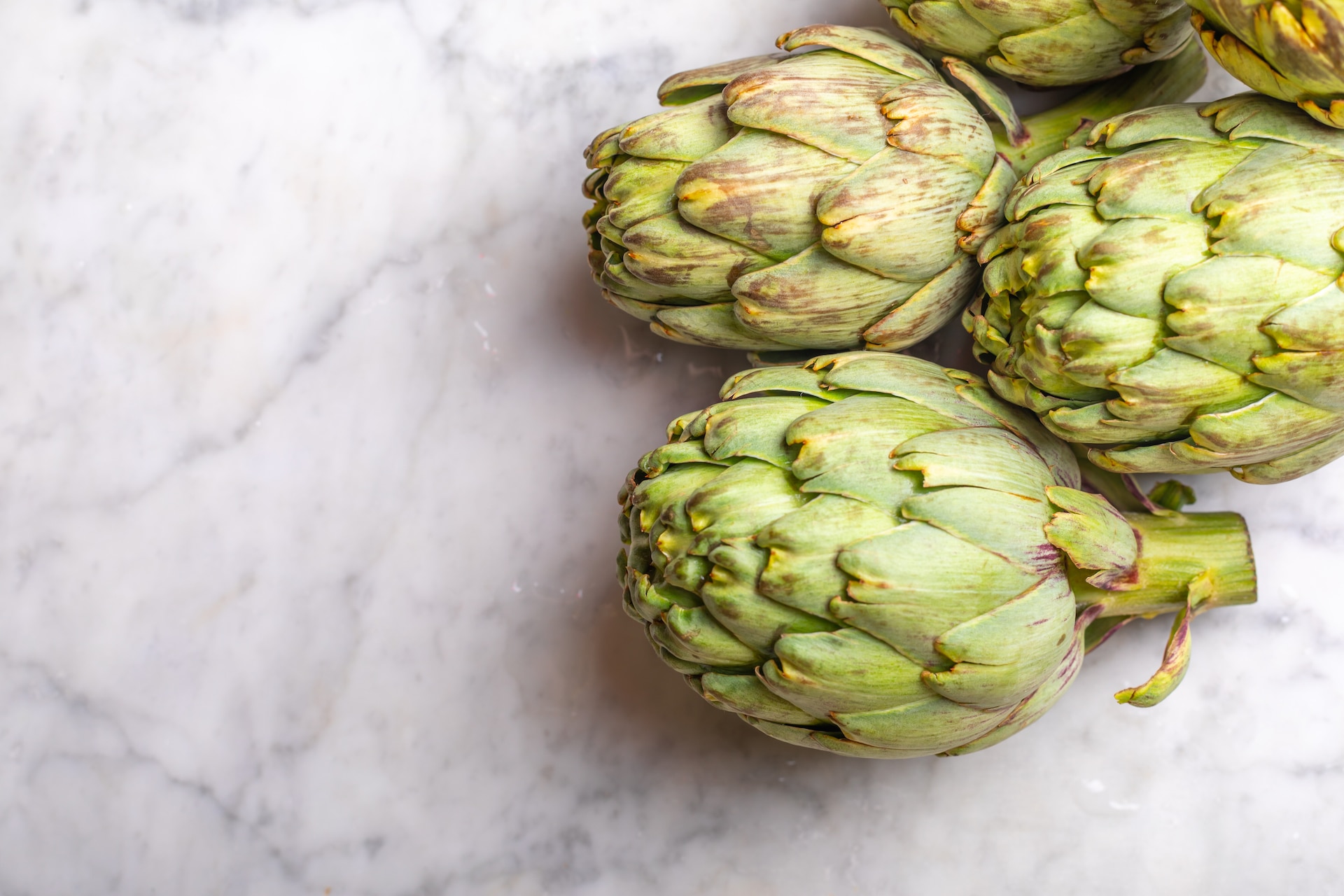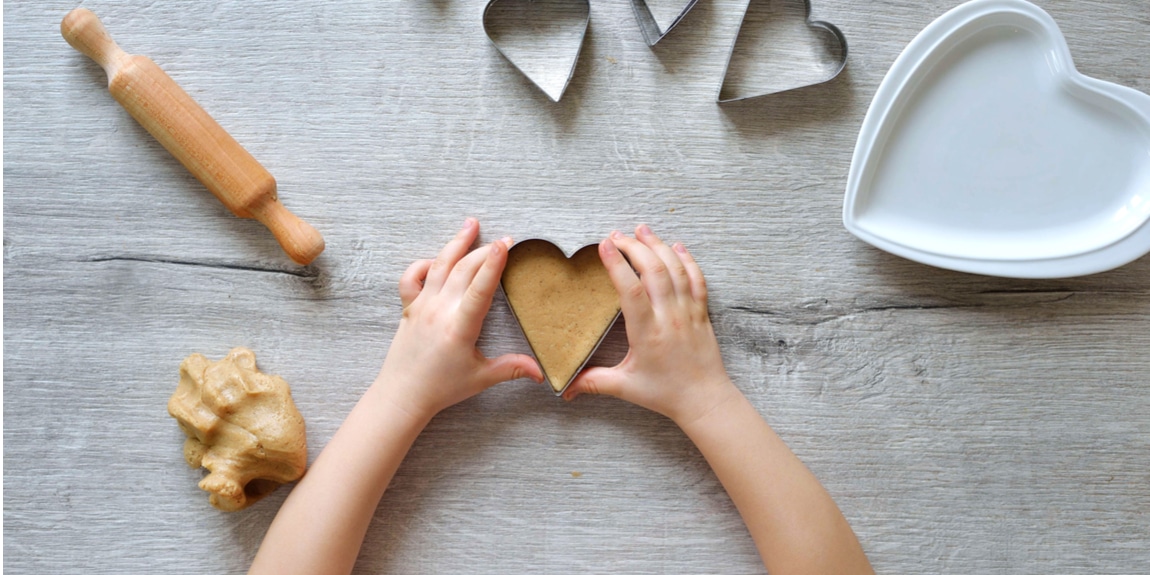 Eat Empowered
Eat Empowered  Healthy Eating Tips
Healthy Eating Tips  Wellness Advice from Experts
Wellness Advice from Experts
The Dos and Don’ts of Going Gluten-Free
Home » Eat Empowered » Healthy Eating Tips » The Dos and Don’ts of Going Gluten-Free
by Christine Anenberg, NLC
Over the past several years, “gluten-free” went from a medical recommendation to a health fad to sometimes, a marketing ploy.
The truth is, whether going gluten-free is a good choice for you depends on factors like how your individual body digests gluten and your lifestyle.
Some people need to eliminate gluten to avoid serious negative health effects, while others try the strategy to improve GI health and reduce bloating, as a weight loss tool, or to up their energy.
If you’re in any of those groups (or might be at some point), here’s what you need to know.
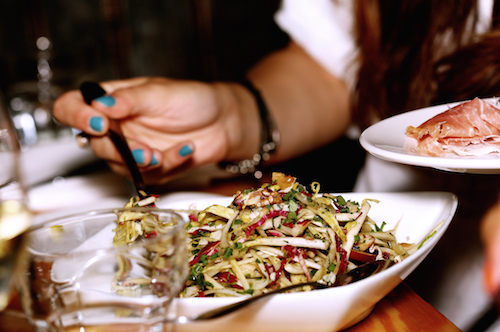 What is Gluten?
What is Gluten?
Gluten is a protein found in wheat, barley, rye, and some oats. It actually contains two proteins, glutenin and gliadin. During digestion, those proteins are broken down into peptides that some people’s bodies have difficulty breaking down.
Sometimes that’s because of a condition like Celiac disease, but some research has shown modern forms of wheat are more difficult for the body to digest than ancient forms such as Einkorn. Some studies have also shown that modern processing techniques can make gluten harder to digest. (For instance, isolating the proteins and adding them to products without the enzymes that naturally occur alongside them.)
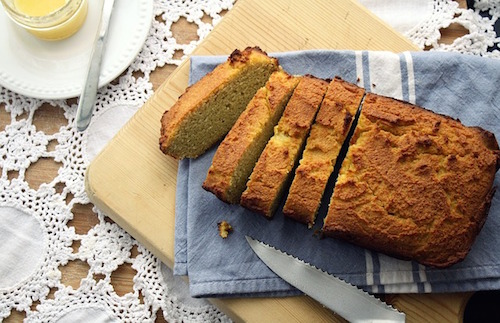
So Who Should Go Gluten-Free?
Anyone With Celiac Disease. In people who have Celiac disease, ingesting gliadin (the protein in gluten) sets off an autoimmune response that causes damage to the small intestine, disrupting its ability to absorb vital nutrients. Symptoms of Celiac disease may include bloating, gas, diarrhea, unhealthy weight loss or gain, constant fatigue, depression, bone pain, and anemia. A diagnosis is made through a series of blood tests. The gluten-free diet was originally meant to combat this disease.
Anyone With a Gluten Intolerance or Allergy. It is possible for gluten to negatively affect those who don’t have Celiac disease. Some may have a wheat allergy, and others may just have trouble digesting gluten. They may experience fatigue, headaches, or bloating, especially right after consuming gluten.
Those Making Big Dietary Changes to Get Healthy. Going gluten-free is one way to eliminate unhealthy carbs (buh-bye spaghetti, hello spaghetti squash!) and replace them with more fruits, vegetables, legumes, nuts, and seeds. In this case, it’s not a necessary switch, but people may find it’s a helpful guideline to shift their diet towards whole, nutritious foods. For instance, many people who are experiencing health issues go gluten-free as part of an Elimination Diet to see what in their diet may be contributing to the issues, and then add gluten back in gradually to see if it’s a culprit.
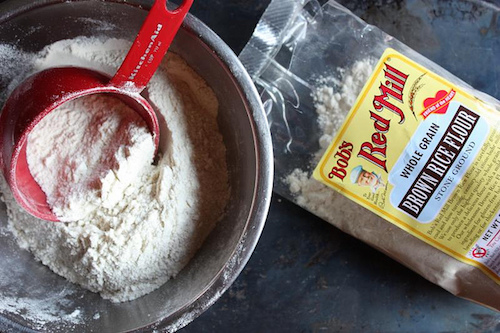
The Dos and Don’ts of Going Gluten-Free
It’s important to remember that going gluten-free doesn’t automatically mean you’re eating a healthy diet. You need to find other healthy sources of carbs and fiber, for instance, and make sure your diet is balanced, overall.
Do:
Focus on smart swapping. For your baked goods, choose gluten free flours that are high in protein and fiber. My go-to healthy flour alternatives: almond flour, coconut flour, garbanzo flour, and quinoa flour. Almond meal is a great replacement for breadcrumbs and in dense baked goods.
Choose healthy pastas that are made with quinoa or brown rice flour. Better yet, get yourself a zoodle maker and spiralize ‘til your heart’s content.
Don’t:
Assume that if a label says gluten free, that food is healthy. There are a TON of gluten-free junk foods out there! Watch out for high sugar content and highly processed foods.
Hop on board the gluten-free train just to fit in. If you don’t have Celiac or an intolerance, it’s fine to stick to healthy sources of gluten. If you’re craving bread, find a healthy version such as a sprouted grain bread like Ezekiel or a fermented loaf like sourdough. If you focus on whole, clean foods such as fruits, vegetables, lean meats and whole fibrous grains, there won’t be room for carbs to crowd your diet.
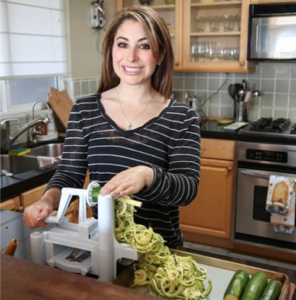 About Christine: Christine is a personal chef and health coach and a graduate of The Nutrition School. She has worked with tons of families and single folks all around Orange County for the past 4 years. She grew up in the kitchen alongside her Italian mother who loved finding ways to incorporate a healthy twist to her Italian meals. Her goal is to give her clients the opportunity to come home to a fully stocked guilt-free fridge. Check out her website or find her on Instagram!
About Christine: Christine is a personal chef and health coach and a graduate of The Nutrition School. She has worked with tons of families and single folks all around Orange County for the past 4 years. She grew up in the kitchen alongside her Italian mother who loved finding ways to incorporate a healthy twist to her Italian meals. Her goal is to give her clients the opportunity to come home to a fully stocked guilt-free fridge. Check out her website or find her on Instagram!
Photo Credits: Top: Leeroy via Stocksnap.io, Third: Flickr/Andrea_Nguyen
The Nutritious Life Editors are a team of healthy lifestyle enthusiasts who not only subscribe to — and live! — the 8 Pillars of a Nutritious Life, but also have access to some of the savviest thought leaders in the health and wellness space — including our founder and resident dietitian, Keri Glassman. From the hottest trends in wellness to the latest medical science, we stay on top of it all in order to deliver the info YOU need to live your most nutritious life.
RECENT ARTICLES

Want a sneak peek inside the program?
Get FREE access to some of the core training materials that make up our signature program – Become a Nutrition Coach.
Get Access"*" indicates required fields

